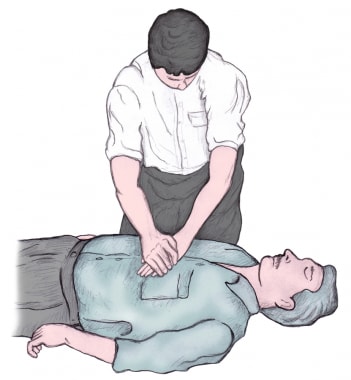Terracotta Warriors and Horses
The first emperor of the Qin Dynasty (221-206 BC) was known as Qinshihuang. He made great achievements in Chinese history. In his reign, he mobilized huge manpower and used a great deal of materials to build his mausoleum. The terracotta figurines of soldiers and horses at Qinshihuang's mausoleum were burial objects to accompany the emperor to the afterlife.
In 1974, three pits containing 8000 buried terracotta soldiers and horses were first discovered near the mausoleum of Qinshihuang and have been regarded as the eight wonder of the world. Standing majestically in military formation, these terracotta soldiers and horses are life-size or slightly larger, symbolizing an army safe guarding the mausoleum of Qinshihuang. The spectacular terracotta figurine groups express the powerful military might of the Qin army with an overflowing epochal spirit of ambition and aggressiveness.
All the terracotta soldiers look robust and are physically well proportioned. Normally, each one is about 1.8 m in height. They can be further categorized into infantry, cavalry, archers and generals, etc. They stand in a variety of posses: dressed in armor, holding weapons, leading horses or riding in carriages and some have one knee on the ground pulling back their bows to release arrows and some stand aloof, gazing to the front. The terracotta soldiers feature various facial expressions, which are resolute, calm or naive. Each clay horse is about 1.5 m in height and 2 m in length. They all look robust, stately and alert as if they are ready to charge onto the battlefield at any moment.
No far from the Mausoleum of Qinshihuang, two sets of horse-pulled bronze chariots were found. On each chariot, there sits a bronze human figurine driving four horses. The size of the bronze Chariot is about half size of a true one and each chariot is composed of more than 3000 parts weighing more than 1000 kg in total. Such large and exquisitely made bronze ware is seen in the world.
The excavation of terracotta soldiers and horses and other rare cultural relics at the mausoleum of Qinshihuang provides important practicality materials for the research of history, military affairs, culture and arts of the Qin Dynasty. Now, a large-scaled museum has been set up on the original size of the pits of terracotta soldiers and horses.



No comments:
Post a Comment